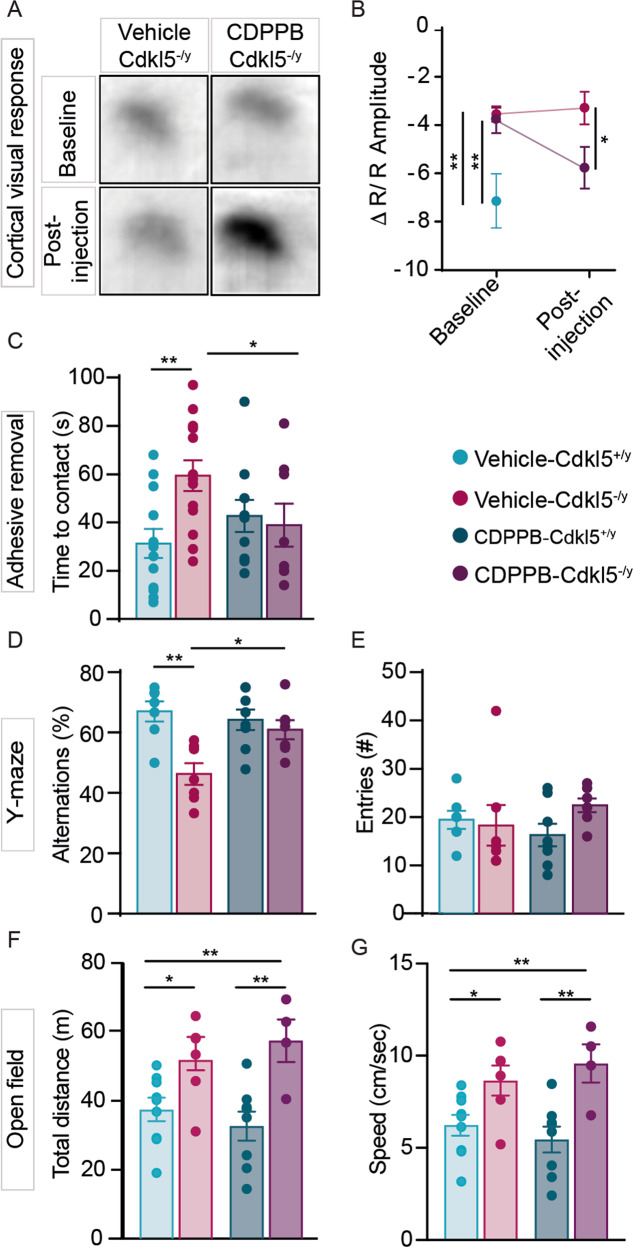Fig. 3. Acute CDPPB treatment rescues visual response, sensorimotor and memory deficits in Cdkl5-/y mice.
A Samples images showing differences of IOS evoked responses in vehicle- and CDPPB-treated Cdkl5-/y mice. B Trajectory of the IOS amplitude in vehicle-Cdkl5+/y, vehicle-Cdkl5+/y and CDPPB-Cdkl5-/y treated mice. C Bar graphs showing contact latency with the tape placed under mice’s forepaw. D, E Bar graphs showing the percentage of the correct alternations (D) and the number of entries (E) made by Cdkl5+/y and Cdkl5-/y mice, treated with either vehicle or CDPPB, in the Y-maze. F, G Bar graphs showing the total distance traveled (F) and the mean speed (G) in the open field arena of mice treated with either vehicle or CDPPB. One-way ANOVA followed by Tukey’s multiple comparison; two-way ANOVA followed by Sidak or Bonferroni’s multiple comparison test, *p < 0.05, **p < 0.01 (IOS: vehicle-Cdkl5+/y n = 3, vehicle-Cdkl5-/y n = 8, CDPPB-Cdkl5-/y n = 6; behavioural tests: vehicle-Cdkl5+/y n = 12, vehicle-Cdkl5-/y n = 13, CDPPB-Cdkl5+/y n = 8, CDPPB-Cdkl5-/y n = 7).

